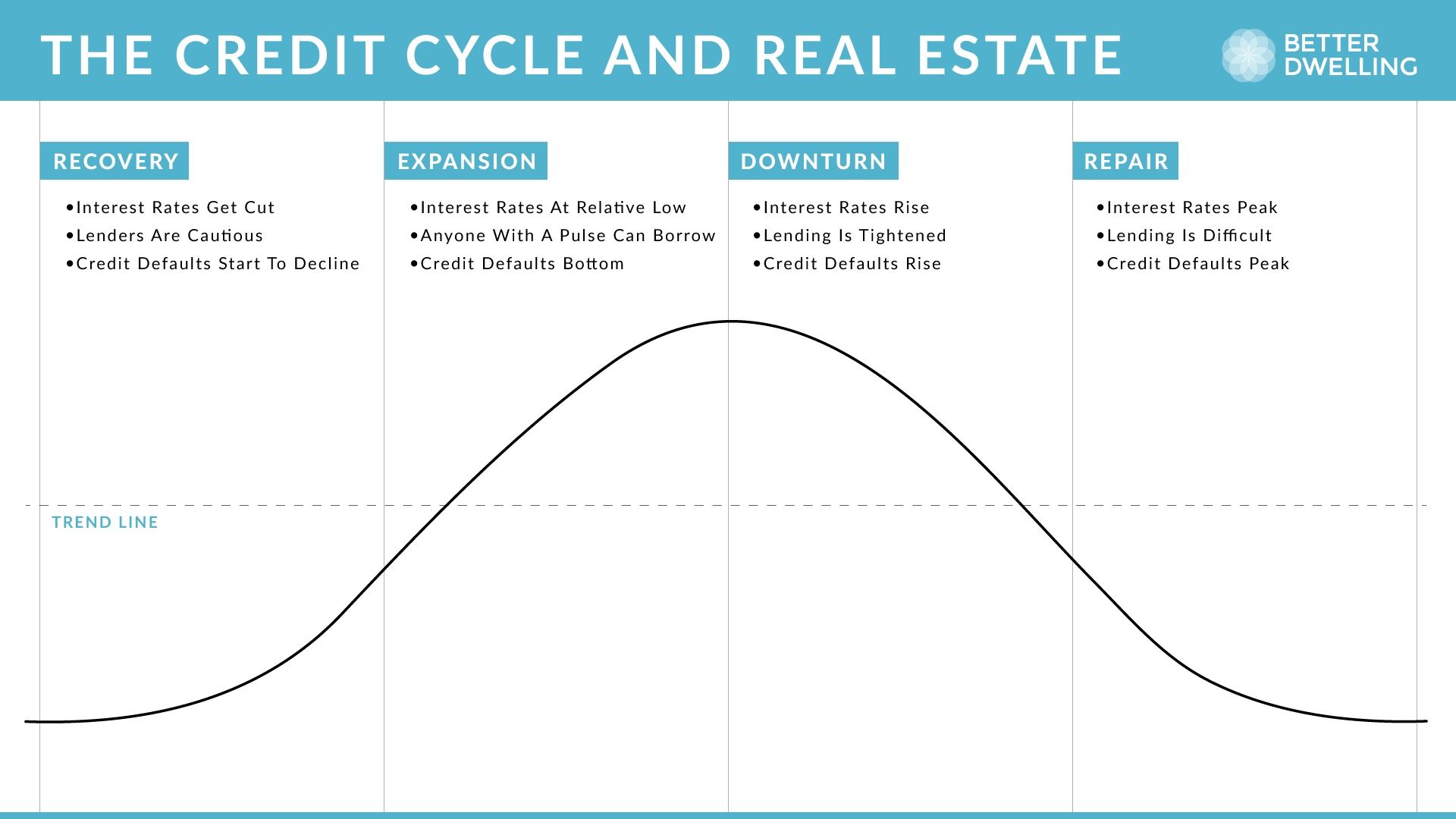

Finance
What Are Financing Activities In Accounting
Modified: February 21, 2024
Learn more about financing activities in accounting and the role of finance in business. Discover key concepts and strategies in finance for managing financial resources.
(Many of the links in this article redirect to a specific reviewed product. Your purchase of these products through affiliate links helps to generate commission for LiveWell, at no extra cost. Learn more)
Table of Contents
Introduction
Financing activities play a crucial role in the world of accounting and finance. They involve the management of a company’s financial resources to fund its operations, expand its business, and meet its obligations. Understanding financing activities is essential for businesses to make strategic decisions, assess their financial health, and communicate effectively with stakeholders.
In accounting, financing activities refer to the various transactions and activities related to raising capital, managing debt, and distributing funds within a company. These activities are recorded in the financial statements, providing a comprehensive view of a company’s financial position and performance.
Financing activities encompass a wide range of transactions and activities that are vital for the financial stability and growth of a business. They can include obtaining loans, issuing bonds or stocks, repaying debt, paying dividends, and engaging in lease agreements or mergers and acquisitions.
Let’s delve deeper into the definition, importance, and examples of financing activities in accounting, and how they are reported and analyzed in financial statements.
Definition of Financing Activities
Financing activities refer to the transactions and activities undertaken by a company to raise capital and manage its financial resources. These activities primarily involve the inflow and outflow of cash and other financial instruments, such as debt and equity, and are recorded in the statement of cash flows.
There are three main types of financing activities:
- Debt Financing: This involves obtaining funds through borrowing, such as loans from financial institutions or issuing bonds. The company is obligated to repay these debts over a specific period, paying interest along with the principal amount.
- Equity Financing: Equity financing involves raising capital by issuing shares of common or preferred stock. Investors who purchase these shares become partial owners of the company and may receive dividends based on their ownership stake. Equity financing does not require repayment, but it dilutes the ownership of existing shareholders.
- Dividend and Interest Payments: When a company distributes profits to its shareholders in the form of dividends, it is considered a financing activity. Similarly, interest payments made on loans and bonds are also categorized as financing activities.
These financing activities are necessary for businesses to fund their operations, invest in growth opportunities, and meet their financial obligations. However, it is crucial for companies to strike a balance between debt and equity financing to maintain financial stability and avoid excessive debt burdens.
In addition to these primary financing activities, other financial transactions can also be classified as financing activities. These may include leasing arrangements, capital lease payments, stock repurchases, and proceeds from the sale of treasury stock.
Understanding the different types of financing activities is essential for financial managers and stakeholders. It enables them to assess a company’s capital structure, evaluate its ability to meet financial obligations, and analyze its overall financial health.
Importance of Financing Activities in Accounting
Financing activities are of utmost importance in the field of accounting as they provide crucial information about a company’s financial health, funding sources, and the efficient use of resources. Here are some key reasons why financing activities hold significance in accounting:
- Financial Decision-Making: Understanding financing activities allows companies to make informed decisions regarding their capital structure and funding options. By evaluating various financing alternatives, businesses can determine the most cost-effective ways to raise capital and manage their financial resources.
- Financial Performance Evaluation: Financing activities significantly impact a company’s financial performance. The capital structure, interest expense, dividend payments, and other financing-related costs have a direct impact on a company’s profitability and shareholder value. Accurate reporting and analysis of financing activities help stakeholders assess financial performance, measure profitability, and make informed investment decisions.
- Assessment of Financial Health: By examining financing activities, analysts can evaluate a company’s solvency and financial stability. The ability to secure financing, manage debt, and meet financial obligations is a key indicator of a company’s financial health. Monitoring financing activities enables stakeholders to assess the company’s liquidity, leverage ratios, and overall financial risk.
- Transparency and Stakeholder Confidence: Proper reporting of financing activities ensures transparency and enhances stakeholder confidence. Accurate and comprehensive disclosure of financing transactions in financial statements enables investors, lenders, and other stakeholders to understand a company’s financing strategies, capital structure, and ability to generate returns.
- Compliance and Financial Regulations: Financing activities are subject to regulatory frameworks and reporting standards. Proper accounting and reporting of financing transactions ensure compliance with accounting principles and regulatory requirements. This helps in maintaining the integrity of financial statements and ensures consistency and comparability across different companies.
In summary, financing activities are vital in accounting as they provide valuable insights into a company’s financial decision-making, performance evaluation, financial health assessment, transparency, stakeholder confidence, and compliance with financial regulations. By understanding and analyzing financing activities, companies can optimize their capital structure, manage their financial resources effectively, and maintain long-term financial sustainability.
Examples of Financing Activities
Financing activities encompass a wide range of transactions and activities that involve the raising and management of capital. Here are some common examples of financing activities:
- Obtaining Loans: Companies often raise capital by borrowing funds from financial institutions, such as banks or private lenders. These loans can help finance various operations, acquisitions, or investments in business growth.
- Issuing Bonds: Another way to raise capital is by issuing bonds. Bonds are debt instruments that companies sell to investors, promising periodic interest payments and repayment of the principal amount at maturity. This allows companies to access larger sums of money for long-term projects or investments.
- Raising Equity Capital: Companies can raise capital by issuing shares of stock to investors. This can be done through initial public offerings (IPOs) or private placements. By selling equity, companies can secure funds without incurring debt obligations.
- Repaying Debt: Repaying debt is an important financing activity. Companies make regular payments of principal and interest to lenders to fulfill their debt obligations. Repaying debt reduces the company’s outstanding liabilities and improves its creditworthiness.
- Paying Dividends: Distributing profits to shareholders in the form of dividends is also considered a financing activity. It involves transferring funds from the company to the shareholders as a return on their investment. Dividend payments can be made in cash or additional shares of stock.
- Leasing Arrangements: Leasing is a financing activity where companies rent assets, such as equipment or property, over a specified period. Lease payments can have a significant impact on a company’s cash flow and financial position.
- Stock Repurchases: Companies may buy back their own shares from the market as part of their financing activities. This can be done to reduce the number of outstanding shares, increase earnings per share, or return excess capital to shareholders.
- Proceeds from the Sale of Treasury Stock: If a company holds its own stock in the treasury, it can sell those shares to raise capital. The proceeds from the sale of treasury stock contribute to financing activities.
These are just a few examples of financing activities that companies undertake to manage their capital structure, fund their operations, and meet their financial obligations. The specific financing activities of a company may vary depending on its industry, size, and growth objectives.
Financing Activities on the Cash Flow Statement
The cash flow statement is a financial statement that provides insights into a company’s cash inflows and outflows during a specific period. Financing activities are one of the three major categories presented on the cash flow statement, along with operating activities and investing activities. Here is how financing activities are reported on the cash flow statement:
Inflows from Financing Activities: Cash inflows from financing activities represent the money that a company receives from various sources to fund its operations or make investments. Examples of inflows from financing activities include:
- Proceeds from issuing new debt, such as obtaining loans or issuing bonds.
- Proceeds from issuing equity, such as selling shares of stock.
- Proceeds from the sale of treasury stock.
- Proceeds from the exercise of stock options.
Outflows from Financing Activities: Cash outflows from financing activities represent the money that a company spends or distributes to repay debts, pay dividends, or engage in other financing-related transactions. Examples of outflows from financing activities include:
- Payments of principal and interest on loans or bonds.
- Payments of dividends to shareholders.
- Repurchase of company stock.
- Payments of lease obligations.
The net cash flow from financing activities is calculated by subtracting the total cash outflows from the total cash inflows. This net amount indicates whether the company had a net increase or decrease in funds from its financing activities during the period.
It is important to note that the cash flow statement focuses on the movement of cash, rather than the accounting accruals. Therefore, non-cash transactions, such as issuing stock options or converting debt into equity, are not included in the cash flow statement as they do not involve an actual inflow or outflow of cash.
Overall, the financing activities section of the cash flow statement provides valuable information about how a company raises capital, manages its debt, pays dividends, and engages in other financing-related transactions. It is an essential component in assessing a company’s financial health and the efficiency of its capital structure.
Reporting and Analysis of Financing Activities
Reporting and analyzing financing activities is crucial for stakeholders to gain insights into a company’s financial position, capital structure, and funding strategies. Here are key aspects to consider when reporting and analyzing financing activities:
Financial Statements: Financing activities are primarily reflected in the statement of cash flows. The cash flow statement provides a summary of cash inflows and outflows from operating, investing, and financing activities, allowing stakeholders to track the sources and uses of funds. Additionally, the balance sheet and income statement provide additional information related to financing activities, such as long-term debt, equity balances, interest expense, and dividends paid.
Financial Ratios: Analyzing financial ratios derived from financing activities helps assess a company’s financial health and capital structure. Some key ratios include debt-to-equity ratio, interest coverage ratio, and dividend payout ratio. These ratios provide insights into a company’s leverage, ability to meet interest obligations, and dividend distribution policies.
Trends and Changes: Analyzing trends and changes in financing activities over time can reveal important insights. For example, an increasing reliance on debt financing may indicate higher financial risk, while a decrease in dividend payments may suggest a need for reinvesting funds into the business. Monitoring these trends helps identify potential financial strengths or weaknesses.
Comparative Analysis: Conducting comparative analysis by comparing a company’s financing activities with those of its industry peers or competitors can provide valuable benchmarks. It helps evaluate the company’s relative position in terms of capital structure, debt management, and funding strategies.
Impact on Financial Performance: Understanding the impact of financing activities on a company’s financial performance is essential. For instance, higher interest expenses resulting from increased borrowing can affect profitability and cash flow. Assessing the cost of financing activities and their impact on key financial metrics provides a comprehensive view of the company’s financial performance.
Regulatory Compliance: Reporting financing activities should comply with applicable accounting principles and regulations, such as Generally Accepted Accounting Principles (GAAP) or International Financial Reporting Standards (IFRS). It is crucial to ensure accurate and complete documentation of financing transactions and their proper disclosure in financial statements.
By analyzing and reporting financing activities effectively, stakeholders can understand a company’s funding strategies, evaluate its financial health, and make informed decisions regarding investment, lending, or partnership opportunities.
Common Pitfalls in Reporting Financing Activities
While reporting financing activities is essential for transparency and accurate financial analysis, there are some common pitfalls that companies may encounter. Being aware of these pitfalls can help mitigate potential reporting errors and improve the reliability of financial information. Here are some of the common pitfalls in reporting financing activities:
- Misclassification of Cash Flows: Companies may mistakenly classify cash flows from financing activities as operating or investing activities, leading to inaccurate representation of their funding sources and uses. Proper identification and classification of cash flows as either operating, investing, or financing activities is crucial for the accuracy of the statement of cash flows.
- Inadequate Disclosure: Failure to provide sufficient disclosure regarding financing arrangements, such as terms of debt agreements, related party transactions, or contingent liabilities, can mislead stakeholders and impact their assessment of a company’s financial health and risk exposure. Open and transparent disclosure is essential for effective communication with stakeholders.
- Incomplete Recording of Financing Transactions: Omission or incomplete recording of financing transactions can lead to incomplete and inaccurate financial statements. It is important to accurately record all relevant financing activities, including debt issuances, repayments, interest payments, stock issuances, and dividend distributions.
- Improper Treatment of Non-Cash Transactions: Non-cash financing activities, such as stock-based compensation or debt-to-equity conversions, should be appropriately disclosed and not included as cash inflows or outflows on the statement of cash flows. Failing to account for these non-cash transactions properly can distort the interpretation of a company’s cash flow position.
- Lack of Disclosure of Off-Balance-Sheet Financing: Some financing arrangements, such as operating leases or certain types of loan guarantees, may not be reflected on the balance sheet. However, companies should provide adequate disclosure in footnotes or supplementary schedules to ensure transparency and enable stakeholders to assess the potential impact of these off-balance-sheet financing arrangements.
- Non-Compliance with Accounting Standards: Non-compliance with accounting principles and regulations can result in inaccuracies in reporting financing activities. Failure to apply the applicable accounting standards, such as improper recognition of interest expense or non-compliance with debt issuance costs capitalization requirements, can undermine the integrity and reliability of financial statements.
- Failure to Consider Impact on Financial Ratios: Companies should carefully consider the impact of financing activities on financial ratios and provide appropriate analysis and explanations. Ignoring the influence of financing activities on key financial metrics can lead to an incomplete assessment of a company’s financial position and performance.
By being aware of these common pitfalls and implementing robust internal controls and sound accounting practices, companies can mitigate the risks associated with reporting financing activities. Adhering to accounting standards, ensuring accurate and complete recording of transactions, and providing transparent disclosures are crucial for providing relevant and reliable financial information to stakeholders.
Conclusion
Financing activities are vital in the world of accounting and finance as they encompass the various transactions and activities related to raising capital, managing debt, and distributing funds within a company. Understanding financing activities is essential for businesses to make strategic decisions, assess their financial health, and communicate effectively with stakeholders.
In this article, we have explored the definition of financing activities and their importance in accounting. We have also provided examples of financing activities, including obtaining loans, issuing bonds or stocks, repaying debt, paying dividends, and engaging in lease agreements or stock repurchases.
We have discussed how financing activities are reported on the statement of cash flows, along with the analysis and evaluation of financing activities through financial ratios, trends, and comparative analysis. Additionally, we have highlighted common pitfalls in reporting financing activities, such as misclassification of cash flows, inadequate disclosure, and improper treatment of non-cash transactions.
It is crucial for companies to accurately report and analyze financing activities to ensure transparency, compliance with accounting standards, and effective decision-making. Stakeholders rely on comprehensive and reliable financial information to evaluate a company’s financial health, capital structure, and funding strategies. By understanding and effectively reporting financing activities, companies can provide stakeholders with the information they need to make informed investment, lending, and partnership decisions.
In conclusion, financing activities are an integral part of accounting, enabling companies to manage their financial resources, raise capital, and meet their obligations. By understanding the intricacies of financing activities and their impact on financial statements, companies can navigate the complex financial landscape and communicate effectively with their stakeholders.














